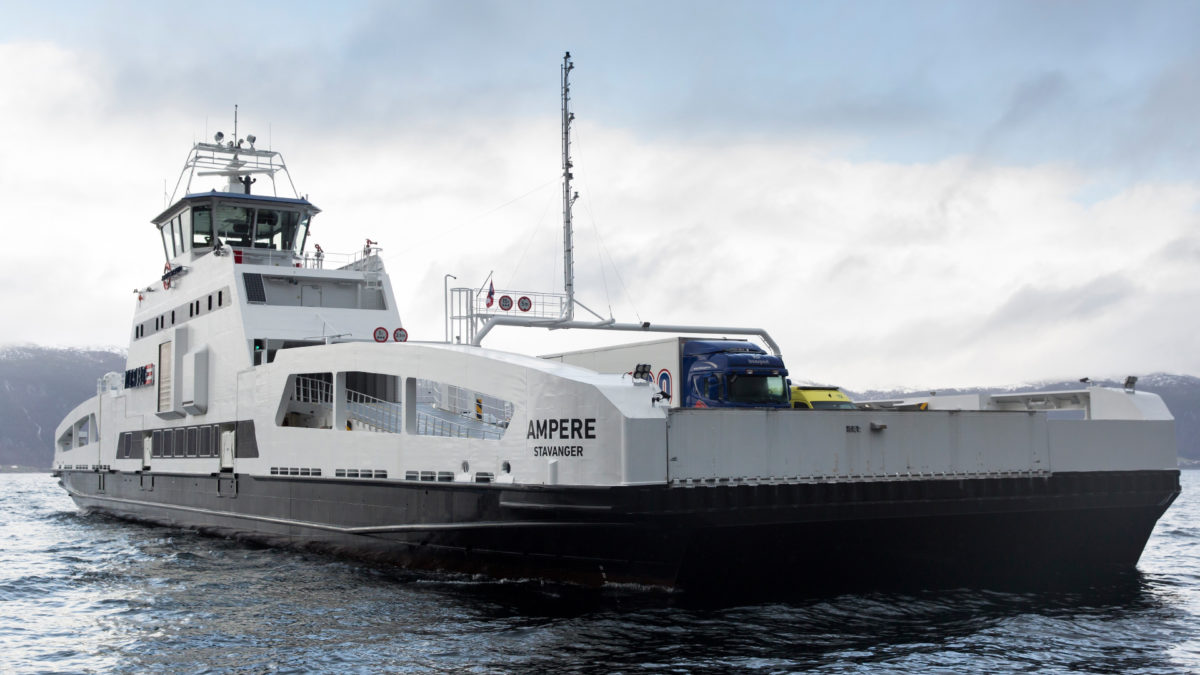
A journey that started along the coast of Norway
The Green Shipping Programme (GSP) was established in January 2015, initially under the name Green Coastal Shipping Programme. At its inception, the program consisted of 16 private companies and organizations, as well as two government ministries.
In the spring of 2019, the program was renamed to reflect a broader scope of activities and to include an international perspective.
By the spring of 2024, the program’s partner group had grown to include over 100 private companies and organizations, in addition to 13 government observers.
The years since 2015 have been divided into six phases. The main elements of each phase, their goals, and results are described here.
Phase 1: (2015/2016) – The potential for battery- and gas-based maritime transport in Norway
Goal: Identify emissions of climate- and health-damaging environmental gasses, as well as the potential for emission reductions, industry effects, and exports. Initiate five pilot projects in each subsequent phase.
-
-
- Two studies were conducted, and five pilot projects were initiated
- One study revealed to the government and parliament that 9% of emissions in Norway’s climate accounts came from domestic shipping
- A barrier study for green county ferry tenders was conducted, significantly contributing to the ferry revolution in Norway and the battery-electrification of international shipping
- Electrification has grown from approximately 15 to 450 battery ships over 10 years, with a 40% Norwegian market share, positioning Norway as a leader on the supplier side
- It has been documented that emissions and fuel costs can be reduced using LNG and battery systems
- The program has helped spread knowledge in society, foster debate, and support informed decision-making
- In 2015, the Green Shipping Programme was awarded the Lloyd’s List Global Environmental Award
-
Phase 2: (2016/2017) – Evaluating business cases in the industry
Goal: Define the path forward and analyze the business and socio-economic impacts of initiatives. Highlight specific challenges and opportunities to the Parliament and government. Initiate five new pilot projects.
Results:
-
- A roadmap for green coastal shipping was developed and submitted to the government’s expert committee on green competitiveness
- An open debate with top leaders from the industry, public sector, and political Norway was established
- Competitive and predictable electricity pricing was firmly placed on the political agenda with the goal of achieving plug-in hybridization of coastal shipping
- The Green Coastal Shipping Programme was recognized as a formal project to promote the UN’s Sustainable Development Goals
- The program advocated for the need for a national plan for green fuels
- A monthly newsletter was established
- The top leader debate, bringing together business profiles, public leaders, the government, and the opposition, was held for the first time. The goal was to discuss opportunities, barriers, and possible actions
- Five new pilot projects were established
Phase 3: (2018/2019) – Removing barriers to green solutions
Goal: Through studies of barriers, opportunities, and instruments, to answer the analytical questions related to the green transition. The focus will be on cargo ships, high-speed boats, ferries, fishing vessels, services for the aquaculture industry and oil companies, as well as shifting cargo from road to sea and ports for an efficient green transition.
Results:
-
- The government’s strategy for green competitiveness, focusing on green framework conditions and the establishment of early markets for the use of green technologies, was implemented
- Several buyers of maritime services joined the Green Shipping Programme, as did the financial sector
- The top leader debate was held for the second time
- Focus on international market opportunities was elevated to the government level
- Five new pilot projects were initiated
Phase 4: (2019/2020) – Developing and scaling green solutions in Norway
Goal: Expand the scope of the program by piloting more green logistics solutions, technologies, fuels, and financial risk. Influence the government’s planning efforts with fact-based information. Focus on cargo ships, coastal shipping, and public procurement and shifting cargo from road to sea. Increase visibility.
Results:
-
- Organized a roundtable conference with the Prime Minister and around twenty Norwegian top leaders
- Held a business and environmental political leader debate during Arendalsuka 2019
- Launched the GSP Service Office for fleet renewal of cargo ships
- Involved in the IMO GreenVoyage-2050 initiative
- Provided input to six government plans and parliamentary reports
- Established a new graphic profile and website
- Initiated 13 new pilot projects
Phase 5: (2021/2022) – Developing and scaling green solutions in Norway and internationally
Goal: Expand the scope of the program by piloting more green logistics solutions, technologies, fuels, and financial risks. Focus on cargo ships, offshore wind, autonomous ferries, services for the aquaculture industry and oil companies, as well as green public and private procurement and shifting cargo from road to sea. Contribute to increased green competitiveness for export. Further develop GSP’s role in the development of international green markets, including through IMO’s GreenVoyage-2050 initiative.
Results:
-
- The GSP strategy “Piloting for Scaling and Green Growth” was completed
- Focus on zero-emission fuels, involving cargo owners, financial institutions, energy actors, and authorities
- Prioritization of competitive shipbuilding in Norway as a step towards bringing more shipyard production back home
- Five new pilot studies were initiated, bringing the total to 45 pilots since the program’s inception in 2015
- Two pilots are exploring the use of methanol as fuel for container ships
- One pilot is developing criteria for transition financing for the fishing fleet
- One pilot is examining the possibility of establishing an Environmental Terminal (bulk terminal) in a city-near port, as part of shifting more cargo to green sea transport
- 15 pilots have now been realized or are being realized
- The “Smart Fjord Crossings” pilot is nearing realization, with “Statens vegvesen” announcing a development contract
- GSP organized a top leader debate during Arendalsuka. The theme was “Effective Policy for Increased Shipbuilding in Norway”
- Eight proposed measures were presented
Despite the optimism generated by the pilot projects and the initiatives from the Service Center, there remains significant uncertainty about whether individual projects will be realized. The primary concern is the uncertainty related to the price and availability of zero-emission fuels, which in many cases could be the “showstopper”.
Phase 6: (2023/2024) – Piloting for scaling and green growth
Goal: In this phase, the Green Shipping Programme will emphasize zero-emission fuels through increased involvement of cargo owners, financial institutions, energy actors, and authorities. The program will also prioritize competitive shipbuilding in Norway as a step towards bringing more shipyard production back home, thereby strengthening the entire Norwegian maritime cluster. In summary, the aim is to contribute to increased green competitiveness for export.
Additionally, GSP will help Norway establish a global leadership position in green and blue maritime ammonia operations.
Results:
-
- Nine new pilot studies were initiated in 2023/24, and one previously inactive pilot was restarted. In total, 53 pilots have been launched since the program’s inception in 2015
- The Service Centercontinues to operate at full capacity. Since its start in 2020, the Service Centerhas worked on 132 potential green ships. In 2023 alone, 56 new project ships were added, distributed across 41 active projects for cargo owners and shipping companies. Of the 24 zero-emission ships that received support from Enova between 2021 and 2023, 18 originated from projects within the Service Centeror pilots in GSP — some from both
- A new, revised Ammonia Safety Handbook was published in 2023
- GSP organized a top leader debate during Arendalsuka titled; «How to realize new, environmentally friendly ships?»
Launch of the roadmap for green maritime transport in the construction sector
In January 2023, GSP presented the roadmap to the Minister of Climate and Environment, outlining the direction and goals for transitioning to green maritime transport within the construction sector.
Leadership Change in GSP: Narve Mjøs stepped down, and Magnus Eide was appointed as the new leader.
April 2025: Eirill Bachmann Mehammer is appointed new leader for GSP.
-
The Green Shipping Program (GSP) focuses on sustainable logistics solutions, profitable emission reductions, green jobs, increased competitiveness and exports, and taking an international leadership position
